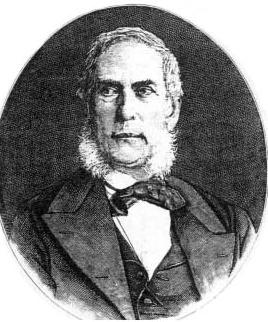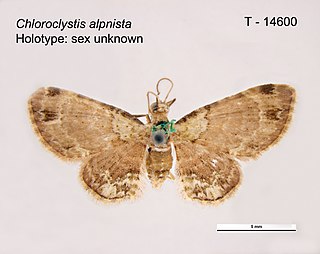Richard Thomas Baker was an Australian economic botanist, museum curator and educator.
Joyce Winifred Vickery was an Australian botanist who specialised in taxonomy and became well known in Australia for forensic botany.

The Linnean Society of New South Wales promotes the Cultivation and Study of the Science of Natural History in all its Branches and was founded in Sydney, New South Wales (Australia) in 1874 and incorporated in 1884.

Károly Kalchbrenner was a Hungarian mycologist. He trained in theology early in life and became a priest in Spišské Vlachy, north-eastern Slovakia. His contributions include the publication of 60 papers and description of more than 400 fungi from Europe, Asia, Australia and South America. He wrote and illustrated the Icones Selectae Hymenomycetum Hungariae. Among those he later collaborated with are Ferdinand von Mueller in Victoria, Australia, John Medley Wood in South Africa, Mordecai Cubitt Cooke in England and Felix von Thümen in Austria. He was elected a full member of the Hungarian Academy of Sciences, and a corresponding member of the Linnean Society of New South Wales.

Eupitheciini is a tribe of geometer moths under subfamily Larentiinae, often referred to as pugs. The tribe was described by Tutt in 1896.

Chloroclystis alpnista is a moth in the family Geometridae. It is found in Australia (Queensland). Subspecies eupora was described from Bali.
Chloroclystis catastreptes, the green and brown carpet, is a moth in the family Geometridae. It was described by Edward Meyrick in 1891. It is found in Australia.
Chloroclystis plinthochyta is a moth in the family Geometridae. It was described by Turner in 1931. It is endemic to Australia (Queensland).
Chloroclystis athaumasta is a moth in the family Geometridae. It was described by Turner in 1908. It is found in Australia (Queensland).
Chloroclystis pyrsodonta is a moth in the family Geometridae. It was described by Turner in 1922. It is found in Australia (Queensland). It has also been recorded from Fiji.
Chloroclystis celidota is a moth in the family Geometridae. It was described by Turner in 1931. It is found in Australia (Queensland) and on Dunk Island.
Chloroclystis poliophrica is a moth in the family Geometridae. It was described by Turner in 1922. It is found in Australia (Queensland).
Chloroclystis phoenochyta is a moth in the family Geometridae. It was described by Turner in 1922. It is found in Australia (Queensland).
Chloroclystis perissa is a moth in the family Geometridae. It was described by Turner in 1908. It is found in Australia (Queensland).
Chloroclystis pauxillula is a moth in the family Geometridae. It is found in Australia (Queensland).
Gymnoscelis bryodes is a moth in the family Geometridae. It was described by Alfred Jefferis Turner in 1907. It is found in Australia.
Gymnoscelis callichlora is a moth in the family Geometridae. It was described by Alfred Jefferis Turner in 1907 and it is found in Australia (Queensland).
Gymnoscelis chlorobapta is a 9 millimetres (0.35 in) long moth in the family Geometridae. It is found in Australia (Queensland).
Gymnoscelis tanaoptila is a moth in the family Geometridae. It was described by Alfred Jefferis Turner in 1907. It is found in Australia (Queensland).
Heosphora is a genus of moths in the family Pyralidae. The genus was first described by Edward Meyrick in 1882. The type species is Anerastia psamathella Meyrick, 1879, designated as such by George Hampson in 1901. All Heosphora species are found in Australia.



